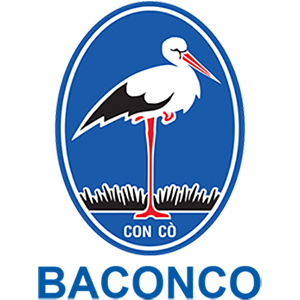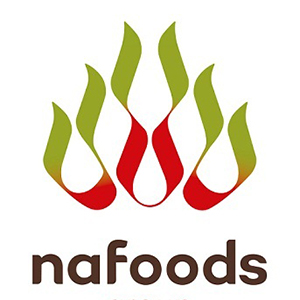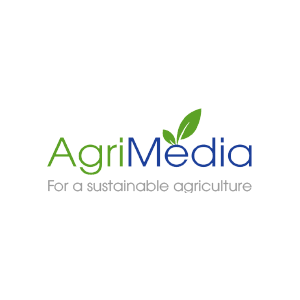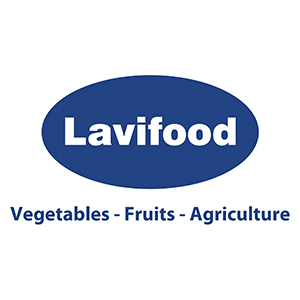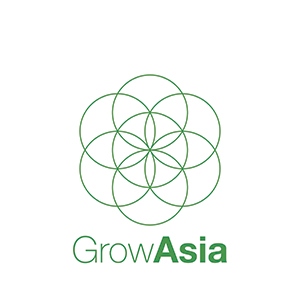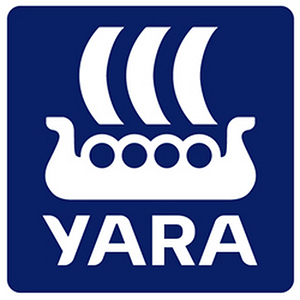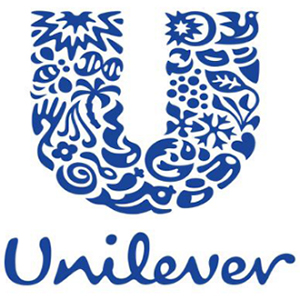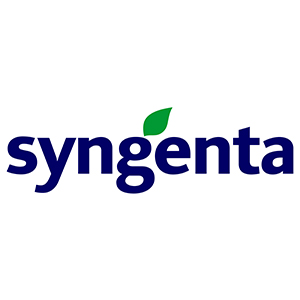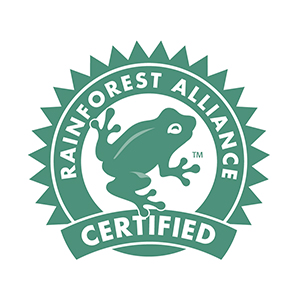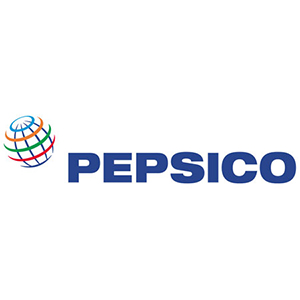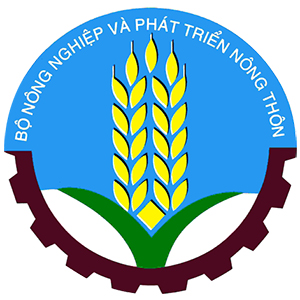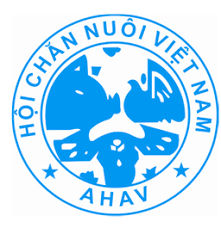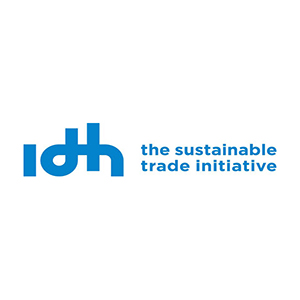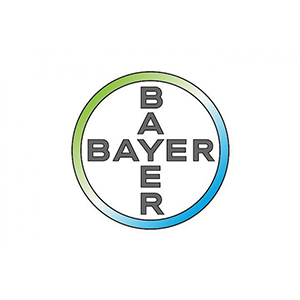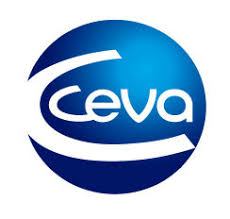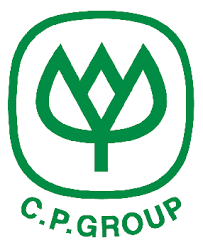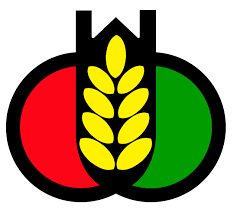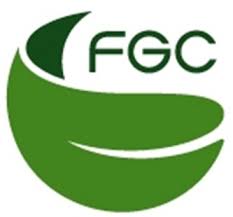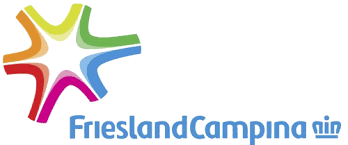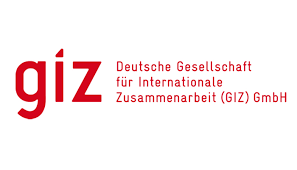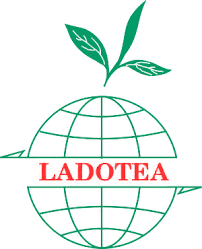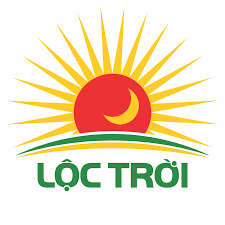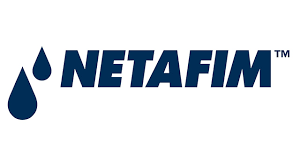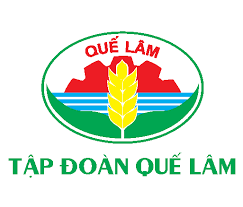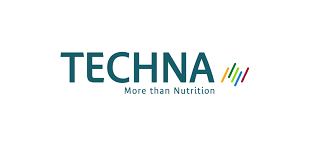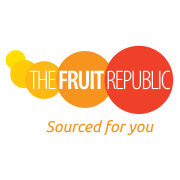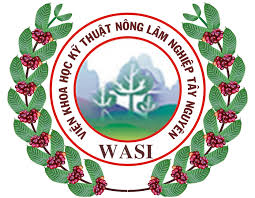Coffee
General information
In recent years, Viet Nam’s coffee sector has continued to grow strongly in terms of area, yield, and production. By 2024, the total coffee cultivation area reached approximately 716.6 thousand hectares, with an average yield of over 2.9 tons per hectare, nearly three times higher than the global average, and an estimated production of 1.8–1.9 million tons of green coffee beans. The average yield growth rate during the period 2010–2023 was around 2.3% per year. Particularly in the Central Highlands – the country’s key coffee-growing region – rejuvenated coffee farms using new varieties and sustainable cultivation practices have achieved yields of 4.5–6.0 tons per hectare, with some pilot models reaching over 8.0 tons per hectare.
Viet Nam is currently the second-largest coffee exporter in the world, after Brazil, with export markets spanning over 100 countries and territories. In 2024, coffee exports reached about 1.32 million tons, with an export value of USD 5.5–5.6 billion; processed coffee accounted for approximately 21% of total export value. In the first half of 2025, coffee exports reached nearly 947 thousand tons, with a turnover of around USD 5.4 billion, representing an increase of over 66% in value compared to the same period in 2024, reflecting a positive growth trend driven by high export prices and stable demand in major markets.
Alongside exports, domestic coffee consumption has also increased significantly in recent years. In 2024, domestic consumption was estimated at 240–290 thousand tons, accounting for about 13–15% of Viet Nam’s total coffee production, reflecting the rapid expansion of the domestic market, particularly in the roasted coffee segment and the growing number of modern coffee shop chains.
Despite many achievements in the past, the coffee sector still faces the following limitations:
- Small-scale and dispersed production by households, the level of intensive farming is not uniform, especially the overuse of inputs such as irrigation water, fertilizers and pesticides.
- The practice of sustainable cultivation, pre-processing and preservation by the household has been improved but still limited, especially in the context of the current situation when most enterprises have paid high price for certified coffee.
- The direct connection between producers and the market is limited, too many middlemen
- Investments in deep processing industries remain weak
- The quality of export coffee is not high, mainly raw materials.
Organization structure and objectives:
The PPP TF on Coffee was established in May 2010 under the co-chairmanship of the Plant Production and Protection Department and Nestle Vietnam. It has over 30 members, operating on a pre-competition basis, aiming to develop coffee value chains to improve quality, added value and sustainable development of coffee and higher income for farmers. The PPP TF on Coffeee aims to make Viet Nam the recognized reference for Robusta coffee by sustainably improving the quality of yields and helping farmers adapt to climate change.
Key outcomes:
Over the past few years, the PPP TF on Coffee has made great strides and achieved remarkable results in support of sustainable coffee development and its programs and projects such as coffee replantation. The PPP TF on Coffee guides farmers on good production practices, quality, productivity, and environmental and economic sustainability for producers. Farmer groups are formed to effectively exploit the market, improve their knowledge of technology, and link up with financial institutions and purchasing companies. These activities bring tangible benefits for farmers, increase their profitability and contribute to reducing greenhouse gas emissions.
From 2010 to date, the group has implemented a total of 256 model gardens and three PPP cooperatives in four provinces (Dak Lak, Dak Nong, Lam Dong and Gia Lai). Under the model, it has conducted ToT training courses for 65 leaders, representing 12,004 farmers in 4 provinces to share experiences, solve difficulties and strengthen the capacity of the extension network; Organized 1,200 farmer field schools for farmers in 4 provinces. It is estimated that the area of coffee and the number of coffee growers benefited from the program's technical assistance activities amounted to 130 thousand hectares (20% of the country's total coffee area), and nearly 250 thousand people (out of over 500 thousand coffee farmers). The productivity of coffee models increased by 12% between 2010 and 2014 and increased by more than 17% between 2015 and 2016. The average income (in 5 years) of coffee growers increased by about 14% %. The PPP model also helps to increase the size of the fruit and the cultivation method helps to make the coffee healthier. The model helps to reduce greenhouse gas emissions by using a reasonable amount of fertilizer.
Members
MAE – Plant Production and Protection Department (Co-Chair)
NestléVietNamLtd (Co-Chair)
4CAssociation/theGlobalCoffee Platform
AgriMediaJSC
Baconco Co., Ltd.
Bayer Viet Nam Ltd.
BASF Viet Nam Ltd.
BinhDien Fertilizer JSC
COEX Coffee International Inc.
Dakman Viet Nam Ltd.
Atlantic Commodities Viet Nam Ltd. (ECOM Trading)
EDEConsulting
Enveritas
Farmer associations in Daklak and Lam Dong provinces
IDH, the Sustainable Trade Initiative Intimex Group JSC
International Finance Corporation (IFC)
Jacobs Douwe Egberts (JDE)
Louis Dreyfus Commodities Viet Nam Co. Ltd.
MARD–Institute of Policy and Strategy for Agriculture and Rural Development (IPSARD)
MARD–National Agricultural Extension Center (NAEC)
Ned Coffee Viet Nam Co., Ltd.
Olam Viet Nam Co.,Ltd.
PetroViet Nam Fertilizerand ChemicalsCorporation (PVFCCo)
Provincial Agricultural Extension Centers and Provincial People’s Committees of Dak Lak, DakNong, GiaLai and Lam Dong provinces
RainforestAlliance
SNV Netherlands Development Organization
Syngenta Viet Nam Ltd.
Western Highlands Agro-Forestry Scientific andTechnical Institute (WASI)
Yara Viet Nam Ltd.



 Điều lệ hoạt động
Điều lệ hoạt động
